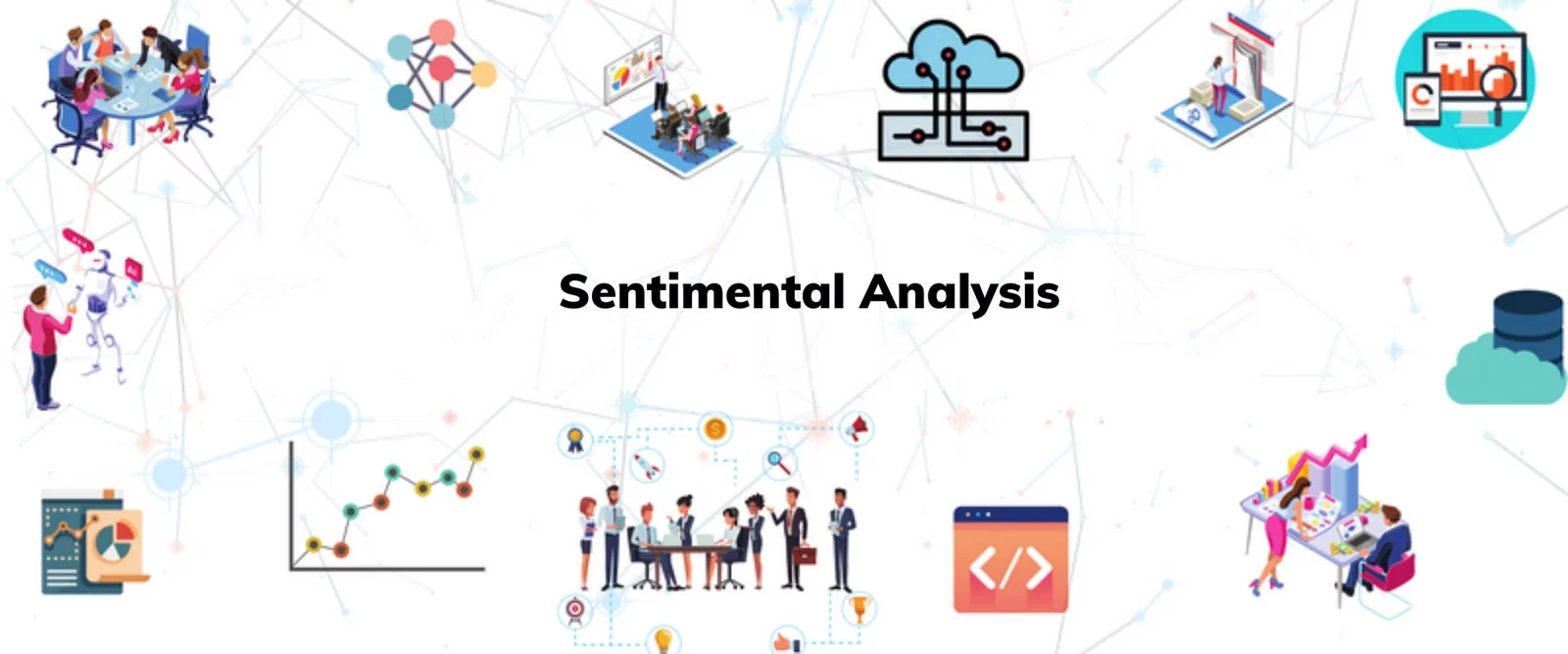Fundamental and technical analysis are widely recognized as the most prominent forms of analysis. However, there are two other types that hold significant importance in shaping the overall landscape.
Quantitative Analysis
Quantitative analysis involves using mathematical models, statistical techniques, and historical data to analyze stocks and make investment decisions. This approach relies on quantitative data rather than subjective factors. Here are some key aspects of quantitative analysis:
■ Data Analysis
Quantitative analysts use historical market data, financial statements, and other relevant datasets to identify patterns and relationships. This data can include stock prices, trading volumes, financial ratios, economic indicators, and more.
■ Statistical Models
Quantitative analysts develop and apply statistical models to analyze the data. These models can include regression analysis, time series analysis, correlation analysis, and machine learning algorithms. The goal is to identify trends, correlations, and factors that may impact stock prices.
■ Backtesting
Quantitative analysts often backtest their models by applying them to historical data to see how well they would have performed in the past. This helps validate the effectiveness of the models and refine their strategies.
■ Risk Management
Quantitative analysis also involves managing risk by incorporating risk metrics and portfolio optimization techniques. This includes assessing factors like volatility, value at risk (VaR), and optimizing portfolio allocations based on risk-return trade-offs.
■ High-Frequency Trading
Quantitative analysis is commonly used in high-frequency trading (HFT), where algorithms execute trades rapidly based on pre-defined rules and market signals. HFT relies heavily on quantitative models to exploit small price discrepancies and take advantage of short-term trading opportunities.
Quantitative analysis is popular among institutional investors, hedge funds, and quantitative trading firms due to its systematic and data-driven approach. However, it requires expertise in data analysis, statistics, and programming to develop and implement effective quantitative models.
Sentiment Analysis
Sentiment analysis, also known as opinion mining, focuses on analyzing and interpreting market sentiment or the collective emotions and opinions of market participants. It aims to gauge the overall mood of investors and identify potential shifts in sentiment that can impact stock prices. Here are some key aspects of sentiment analysis:
■ News Analysis
Sentiment analysis involves analyzing news articles, financial reports, social media posts, and other sources of information to extract sentiment indicators. Natural language processing (NLP) techniques are often used to process and analyze text data.
■ Social Media Analysis
Social media platforms, forums, and online communities provide a wealth of data for sentiment analysis. By monitoring discussions and posts related to stocks or specific companies, sentiment analysis can uncover positive or negative sentiment trends.
■ Sentiment Indicators
Sentiment analysis tools assign sentiment scores or labels to individual news articles, social media posts, or aggregated data. These scores can range from positive to negative or can be classified into sentiment categories like bullish, bearish, or neutral.
■ Market Reaction
Changes in sentiment can influence investor behavior and subsequently impact stock prices. For example, a sudden surge of positive sentiment may lead to increased buying activity, driving up stock prices. Conversely, negative sentiment can trigger selling pressure and result in price declines.
■ Contrarian Indicator
Sentiment analysis can also be used as a contrarian indicator. If sentiment becomes excessively positive or negative, it may suggest a potential reversal in the market. Contrarian investors may take the opposite stance of prevailing sentiment.
Sentiment analysis provides insights into market psychology and can help investors understand market sentiment dynamics. However, it’s important to consider other factors and perform comprehensive analysis as sentiment alone may not always accurately predict stock price movements.
Both quantitative analysis and sentiment analysis complement traditional fundamental and technical analysis approaches, allowing investors to gain additional perspectives and make more informed decisions in the stock market.










